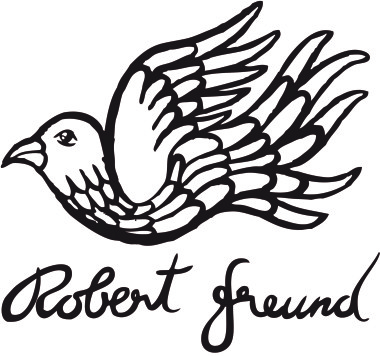The works of Robert Freund
The artist Robert Freund is using the broad field of modern figurative art to tell us new stories. He plays with various historical references like the cool distance of the British Edward Burra (1905-1976), the ambiguity of Hieronymus Bosch or the social critic, the resistance of the German “new practically”, like Otto Dix and George Grosz.
Robert Freund understands art history however he is not interested in the pure historical context. Freund enjoys to disconnect himself from all timeframes when creating his works. The stories he tells us in his art work is non -linear. He uses the chance of simultaneity in the picture and this is why they are never illustrative but mysterious and enigmatic. It’s about the whole piece, about the never changing constancy of the human existence.
As an illustrator, Freund is exploiting the full possibilities of the medium. Applying layers, from the pasty colour application to delicate brushwork, from abstract backgrounds to attention to graphic details.
This cannot be seen at the first appearance; Freund’s pictures require time. This is as valid for the artist’s creative process as it is for the perception by the viewer.
Dr. Günther Moschig, January 2017
Art historian and exhibition curator
The Hidden Messages of Robert Freund
Robert Freund’s works of art were not made for a slight glance. The world of Freund, has a uniqueness to it. There is a naivety present in his work showing us a disturbing world of quotes and references but seeing this is only possible if you let yourself be taken by the piece, you do not just look at his work; you experience it.
For Freund, it is an instinctive progress during drawing and painting, without explicit planning and sketches. His pictures are inspired from the outer world and drive him during the creative progress. Freund ‘s aims are at the core of art, since it shows us the undefined and inexplicable, makes it visible and tells the story before they happen. In c. 1435 Leon Battista Alberti wrote in his tract De Pictura, that by pervading the reality the intangible can be experienced and made visible.
In Freund’s work Ikarus, he portrays the isolation of leading figures who are living in a bubble, people we are exposed to every day. He prefers to depict meaningless games to the confrontation with reality. His Seeräuber Jenny (Pirates Jenny) is not only a quote from Berhold Brechts Threepenny Opera but it’s, also, influenced by the klezmer song Die grine Kuzine by Abe Schwartz, representing the violence evoked by insults. In the world of his protagonists the fellow human beings are long gone.
Robert Freund is an excellent illustrator; this can be seen in The Restless Spirit of John Ruskin. In Mahagonny and The Seed of Lie, he combines realistic illustrations with typographic elements or in Rousseauesque Horror Vacui when he combines utopian backgrounds with a static-flat figure of a child. And of course, the beautiful animal illustrations resting within themselves in The Bearer. He uses the contrast of various stylistic elements in his illustrations to create suspense.
Freund continues his way steadily through his cosmos without being negatively influenced by anybody. His pictures stay mysterious and leaves us with more questions than they provide us with answers. This is how we can project our interpretation onto them and they invite us to numerous ways of understanding them.
Dr. Monika Knofler, art historian, former director of the Gallery of Prints of the Academy of Fine Arts Vienna
Die fliegenden Bildwelten in den Arbeiten von Robert Freund künden von einem spielerischen Umgang mit Gravitation. Alles Sein ist fließend und unaufhaltbar. Ganz gleich, ob diese Werke den Titel “Triebwerkschaden” haben: Eine Garantie für Ganzheit geben diese montierten Bildwelten nicht ab. Das Spiel mit Farbe und Form wird hier zur Perfektion gebracht, nämlich in dem Maße, wie der Respekt bezüglich einer in sich funktionierenden heilen Welt zugunsten einer Detailbesessenheit abgeschafft wird.
Dr. Tayfun Belgin, Direktor des Osthaus Museum, Hagen
Ich habe Robert Freund als sehr talentierten und vielseitigen jungen Künstler kennengelernt. Mit seinen teils surrealen Tusche-Bister Zeichnungen war er bereits mehrmals für den Walter Koschatzky Kunst-Preis nominiert. Im Jahr 2006 habe ich auch einige seiner eindrucksvollen graphischen Arbeiten für die Ausstellung Zur österreichischen Seele in der Festung Kufstein ausgewählt.
Dr. Gabriela Koschatzky-Elias, Kulturpublizistin, Büro Kammerschauspielerin Andrea Jonasson, Vorstand Stiftung Erwin Ringel Institut

